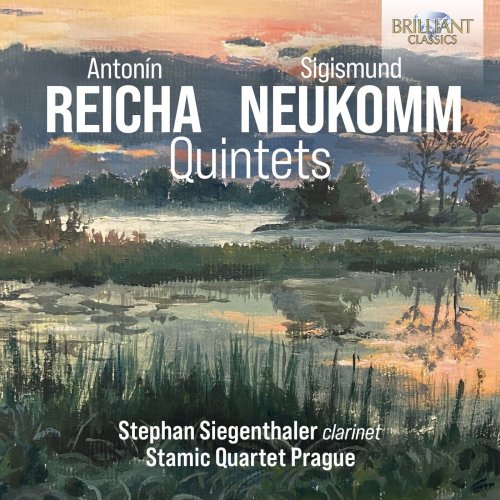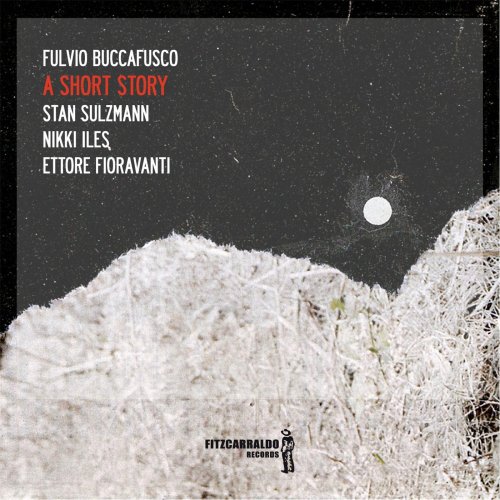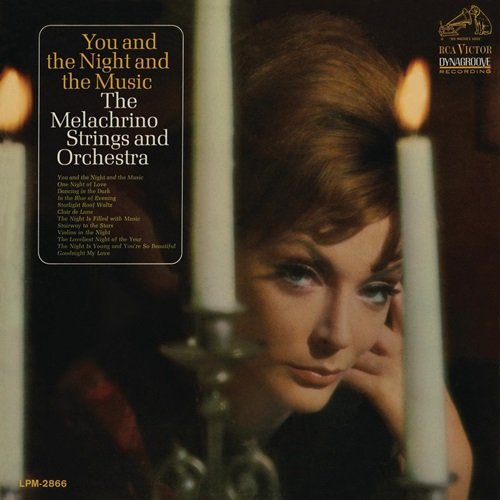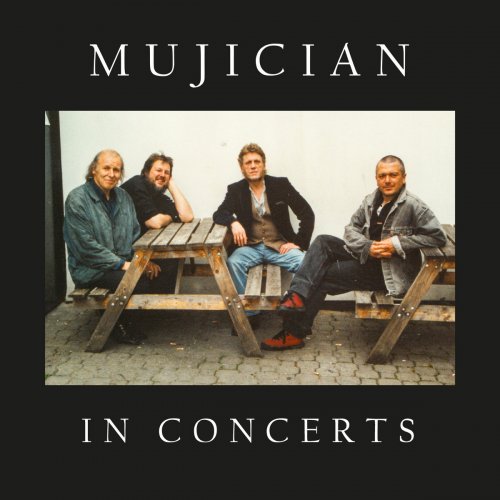Stephan Siegenthaler, Stamic Quartet - Reicha & Neukomm: Quintets (2024) [Hi-Res]

Artist: Stephan Siegenthaler, Stamic Quartet
Title: Reicha & Neukomm: Quintets
Year Of Release: 2024
Label: Brilliant Classics
Genre: Classical
Quality: flac lossless (tracks) / flac 24bits - 44.1kHz +Booklet
Total Time: 00:52:23
Total Size: 259 / 494 mb
WebSite: Album Preview
TracklistTitle: Reicha & Neukomm: Quintets
Year Of Release: 2024
Label: Brilliant Classics
Genre: Classical
Quality: flac lossless (tracks) / flac 24bits - 44.1kHz +Booklet
Total Time: 00:52:23
Total Size: 259 / 494 mb
WebSite: Album Preview
01. Quintet in B-Flat Major, Op. 89: I. Allegro
02. Quintet in B-Flat Major, Op. 89: II. Andante
03. Quintet in B-Flat Major, Op. 89: III. Menuetto. Allegro
04. Quintet in B-Flat Major, Op. 89: IV. Finale. Allegretto
05. Quintet in B-Flat Major, Op. 8: I. Adagio - Allegro
06. Quintet in B-Flat Major, Op. 8: II. Menuetto. Allegro Molto
07. Quintet in B-Flat Major, Op. 8: III. Poco adagio. Thème Russe
08. Quintet in B-Flat Major, Op. 8: IV. Allegro Moderato
Antonín Reicha and Sigismund Neukomm were contemporaries. Their time in Vienna, where both were students of Joseph Haydn, crossed from 1802–04, and from 1810 until the end of their lives both had their permanent residence in Paris. It is therefore easy to imagine that their paths crossed several times. In common was their striving to preserve the style of Viennese Classicism, fully expressed in the works presented here.
Antonín Reicha’s (1770–1836) Quintet for Clarinet and String Quartet Op.89 is typical of his balanced, classical style. Overall, the work reflects Reicha's affinity with opera. The harmonic turns are subordinated to the clarity of the vocal melody and the specifications of the form; everything has its place and its good order. Yet, in spite of this seemingly rigid formula there are surprising moments, for example the long syncopated melodic line at the beginning of the development in the first movement. The clarinet responds to the brash overture-like beginning of the opening theme with lyrically contrasting vocal garlands, whose motives are immediately imitated by the strings; an artfully counterpointing exchange between the instruments unfolds.
What at first glance looks like the schematic application of well-learned compositional skill turns out on closer inspection (and repeated listening) to be a successful musical testimony to its time with many hidden and sophisticated ideas.
In Sigismund Neukomm’s (1778–1858) Clarinet Quintet Op.8, published in 1809, one can hear his desire to manifest admiration for his ‘three-leaf clover’ of influences: Haydn, Mozart and Beethoven. In its entirety, Neukomm's Clarinet Quintet radiates more noble elegance than original innovation, and one can well imagine that this expression corresponded perfectly to the composer’s own attitude to life.








